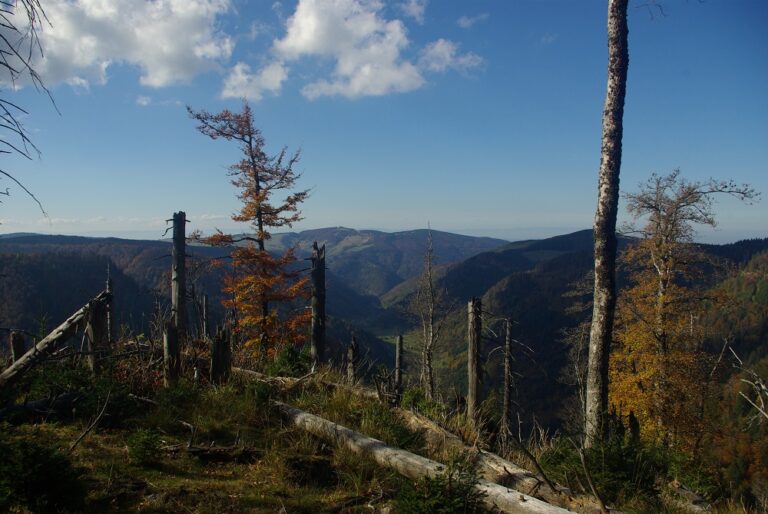Principal Investigators
- Prof. Dr. Jürgen Bauhus – Waldbau
- Prof. Dr. Peter Biedermann – Forstentomologie und Waldschutz
- Dr. Veronika Braunisch – Waldschutzgebiete und Biodiversität
- Prof. Dr. Andreas Christen – Umweltmeteorologie
- Prof. Dr. Carsten Dormann – Biometrie und Umweltsystemanalyse
- Prof. Dr. Hartmunt Fünfgeld – Geographie des Globalen Wandels
- Prof. Dr. Marc Hanewinkel – Forstökonomie und Forstplanung
- Prof. Dr. Markus Hauck – Angewandte Vegetationsökologie
- Prof. Dr. Michaela Haug – Sozial- und Kulturanthropologie
- Prof. Dr. Katrin Heer – Forstgenetik
- Prof. Dr. Alexandra-Maria Klein –Naturschutz und Landschaftsökologie
- Prof. Dr. Daniela Kleinschmit – Forst- und Umweltpolitik
- Prof. Dr. Friederike Lang – Bodenökologie
- Dr. Sarah May – Empirische Kulturwissenschaft
- Prof. Dr. René Orth – Biogeochemische Systemmodellierung
- Prof. Dr. Marcus Panning – Mikrobiologie, Virologie und Infektionsepidemiologie
- Prof. Dr. Stefan Pauliuk – Nachhaltiges Energie- und Stoffstrommanagement
- Prof. Dr. Michael Pregernig – Sustainability Governance
- Prof. Dr. Michael Scherer-Lorenzen – Pflanzenökologie und Biogeochemie
- Prof. Dr. Maja Schlüter – Sozialökologische Systemmodellierung
- Prof. Dr. Thomas Seifert – Waldwachstum und Dendroökologie
- Prof. Dr. Kerstin Stahl – Umwelthydrosysteme
- Prof. Dr. Markus Weiler – Hydrologie
- Prof. Dr. Christiane Werner – Ökosystemphysiologie
- Prof. Dr. Cathrin Zengerling – Transformation zu Nachhaltigen Energiesystemen












